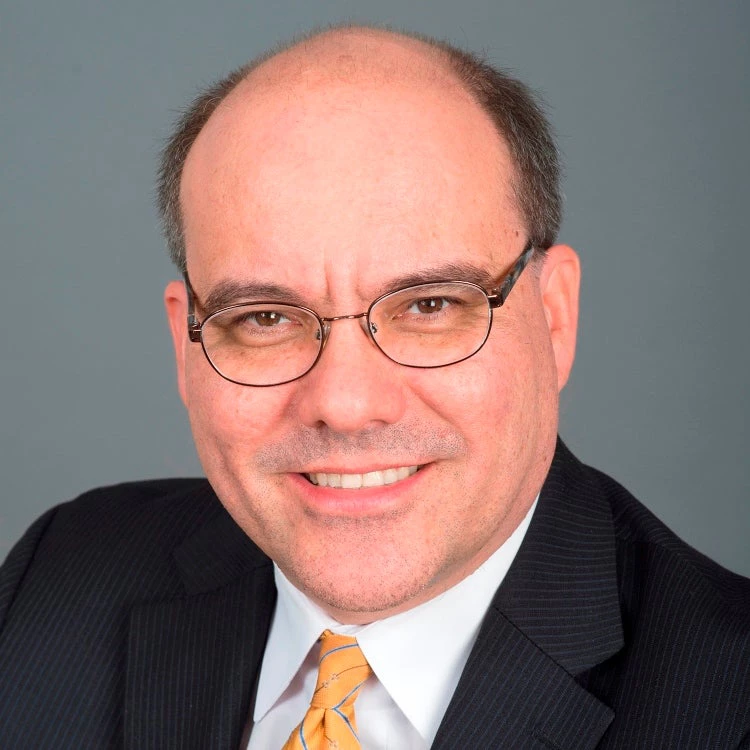As I was driving through the Bolivian highlands this past week, I thought about how much patent progress has been made over the last decade in poverty alleviation.
Both poverty and extreme poverty levels were reduced by more than 20 percentage points between 2001 and 2011, and poverty is now at around 45 percent.
Even beyond family income, many dimensions of the Human Opportunity Index have shown important progress in the last decade, from vaccination to water supply. It was also apparent how long the road ahead is until poverty has been fully eliminated, especially for its indigenous peoples which account for 40 percent of the total population.
The Government’s plan to achieve poverty elimination by 2025, with special emphasis on inclusion of all indigenous peoples, points in the right direction.
The World Bank Group has defined two goals as an organization: to work with countries to end extreme poverty by 2030 and to boost shared prosperity by promoting real income growth for the bottom 40 percent of the population. In Latin America and the Caribbean, it will not be possible to achieve these goals without a concentrated effort on indigenous peoples and afro-descendants.
About 13 percent of the population in LAC is indigenous, and a third afro-descendants. When we look at a variety of poverty and exclusion indicators, these groups are always at a disadvantage. More than half of afro-descendants live in poverty. And in Peru, while about a third of the indigenous population live with less than $2.5 a day, only 20 percent of non-indigenous people live below the poverty line.
Maternal mortality rates for indigenous women are three times the regional average and Afro-Brazilian women are three times more likely to die in childbirth than their white counterparts. Indigenous peoples are concentrated in a few occupations, live in rural and remote areas, and mostly work in the informal economy.
When it comes to climate change, indigenous communities also emerge as the most vulnerable. They are among the most affected by the storms and hurricanes in Mesoamerica and the Caribbean which devastate entire communities, the changes in rainfall in the Colombian Amazon affecting fish stocks, or the water scarcity in the Andean region. As the intensity and frequency of these impacts grow, more people move to urban areas, where indigenous peoples suffer further exclusion.
Exclusion means different things to different people
Social exclusion based on identity affects the way individuals, families and groups access public services, markets, and spaces. This not only means less access to education and health, but also to better paid, high-skilled jobs and a way out of poverty among others.
Because a person responds to several identities, exclusion becomes a complex issue. For instance, being a woman or living in certain areas accentuates exclusion. An average Quechua man in Bolivia is 14% less likely to finish secondary school than a non-indigenous man; but for Quechua women, it is twice as unlikely, at 28%.
An upcoming WB publication “Inclusion Matters” presents new perspectives on these questions. The report highlights how social inclusion plays through tangible and intangible practices. It is not only an issue of regulations, programs and institutions, but also of attitudes and perceptions.
What is Latin America doing?
Latin America has made important progress in promoting social inclusion. For example, 15 countries in the region have ratified the ILO 169 Convention for Indigenous and Tribal Peoples (out of 22 worldwide), and several countries now recognize indigenous people’s rights within their constitutions. Recognition of afro-descendant communities is not as common, with notable exceptions such as Colombia and Suriname, where all indigenous peoples’ laws and regulations apply to Afro-descendants.
The key question is: how to move forward to break with a history of exclusion? Our research shows that individual interventions, such as health programs, on their own fail to lift indigenous communities out of poverty. Instead, multi-sector development programs, if well designed, can have a positive impact – for instance, when combining better infrastructure with access to credit, land, health, education and nutrition.
Programs like ALIADOS co-finance rural businesses and community development projects to support productive rural partnerships in Peru’s Highlands with a large proportion of indigenous communities.
But even that is not enough. In order to truly achieve transform lives, we need interventions which change the way society interacts and to boost inclusion. An interesting example is the city of Medellin, Colombia, which is implementing an ambitious urban intervention based on three pillars:
- new transport systems and public spaces to encourage social interaction;
- greater investment in vulnerable populations; and
- programs to organize citizen action groups that, in turn, have a voice in monitoring and deciding the use of public funds.
As we approach the United Nations World Conference on Indigenous Peoples to take place in 2014, we need to renew our efforts towards social inclusion of indigenous peoples and afro-descendants in Latin America, as the basis for eradicating poverty within our generation, and boosting shared prosperity in the region.


Join the Conversation